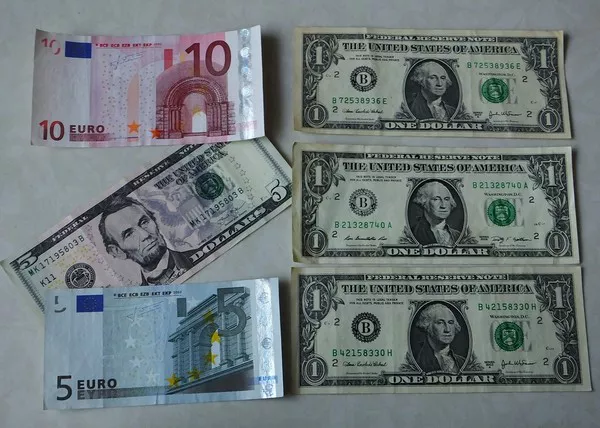Money has always been a subject of fascination, and with the advent of digital currencies, it has become even more so. However, in the physical world, one question that often arises among people is whether or not there is a 1000 dollar bill. The United States is known for its high-value currency notes, but does a 1000 dollar bill actually exist? In this article, we will take a closer look at the history of US currency and answer this question once and for all.
US Currency History:
Before diving into whether or not there is a 1000 dollar bill, it’s important to understand the history of US currency. The US government began issuing paper money during the Civil War to fund military operations. Initially, these notes were not backed by gold or silver, leading to their value fluctuating wildly. Eventually, the government decided to back its currency with precious metals, leading to the creation of the gold standard.
In the years following World War I, the US became the dominant economic power in the world, and as a result, the demand for US dollars increased globally. This led to the creation of higher denomination notes, including the 500 dollar bill in 1928 and the 1000 dollar bill in 1934.
The 1000 Dollar Bill:
Yes, there is a 1000 dollar bill, but it is no longer in circulation. The 1000 dollar bill was last printed in 1945, and the US government officially discontinued them in 1969, along with all other denominations over 100 dollars. Today, the highest denomination note in circulation is the 100 dollar bill.
The Reason for Discontinuation:
There were several reasons why the US government discontinued the 1000 dollar bill and other high-denomination notes. One reason was to combat money laundering and other illegal activities. Criminals and tax evaders often preferred to use high-denomination notes because they were easier to transport and conceal. By discontinuing these notes, the government hoped to make it more difficult for criminal activity to go undetected.
Another reason was to reduce the cost of printing and distributing currency. High-denomination notes were not used frequently, and they were expensive to produce. By eliminating them from circulation, the government was able to save money on printing and distribution costs.
Finally, the US government wanted to encourage the use of checks and electronic payments. At the time, checks were becoming an increasingly popular form of payment, and the government wanted to promote their use. Eliminating high-denomination notes was seen as a way to nudge people towards using checks instead of cash.
Value of 1000 Dollar Bill Today:
Despite being out of circulation for over five decades, 1000 dollar bills are still legal tender in the United States, meaning they can be exchanged for their face value at banks or other financial institutions. However, due to their rarity and historical significance, they are worth far more than their face value to collectors and numismatists.
The value of a 1000 dollar bill today depends on several factors, including its condition, rarity, and historical significance. Bills that are in excellent condition with no folds or wrinkles are worth significantly more than bills that are damaged or dirty. Bills that are rare or have historical significance, such as those signed by famous individuals or issued during wartime, can also be highly valuable.
For example, a 1000 dollar bill from the 1934 series, known as a “small size” note, is worth around $1,500 in average condition. However, if the bill is in excellent condition with no folds or wrinkles, it can be worth as much as $15,000 or more. Bills from the 1928 series, known as “large size” notes, are even more valuable. An average condition 1928 1000 dollar bill is worth around $2,500, while an exceptional specimen can fetch upwards of $50,000.
Conclusion:
In conclusion, there was indeed a 1000 dollar bill in circulation in the United States, but it was discontinued in 1969 due to concerns about criminal activity, printing costs, and the promotion of checks as payment methods. Today, 1000 dollar bills are still legal tender but are highly sought after by collectors and numismatists due to their rarity and historical significance. While the high value of these bills may seem surprising, they serve as a reminder of the interesting history of US currency and continue to fascinate people today.


